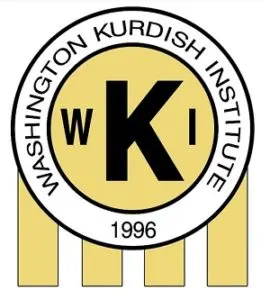History of Kirkuk and the Disputed Territories
Since the establishment of the Iraqi state, the ruling Arab regimes forcibly displaced native Kurds and repopulated the area with Arab tribes. The change of demography known as “Arabization” existed in both Kurdish majority agriculture and urban lands. These policies were part of a larger Iraqi campaign to erase the Kurdish identity, occupy Kurdistan and control its wealth. The Iraqi government’s campaign against the Kurds amounted to genocide and eventually destroyed Kurdish communities and the social fabric of Kurdistan. The areas affected by the Arabization stretch from eastern to northwestern Iraq, incorporating major cities, towns and hundreds of villages. After the fall of Saddam Hussein’s dictatorship, these areas were referred to as “Disputed Territories” in Iraq’s newly adopted constitution of 2005. Article 140 of Iraq’s constitution called for the normalization of the “Disputed Territories,” which was never implemented by the federal government of Iraq. Kirkuk province, Khanaqin city of Diyala province, Tuz Khurmatu District of Saladin Province, and Shingal (Sinjar) in Nineveh province are the main areas that continue to suffer from Arabization policies implemented in 1975.
Kirkuk Minute | June 6, 2024
A biweekly brief of events and news occurred in the disputed territories. Kirkuk Shingal (Sinjar)

